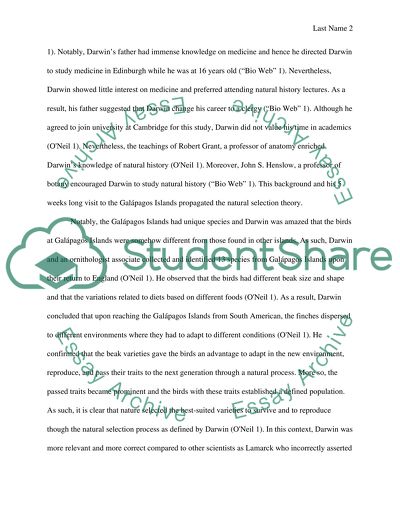Cite this document
(“Charles Darwin Research Paper Example | Topics and Well Written Essays - 1500 words”, n.d.)
Retrieved from https://studentshare.org/literature/1497740-charles-darwin
Retrieved from https://studentshare.org/literature/1497740-charles-darwin
(Charles Darwin Research Paper Example | Topics and Well Written Essays - 1500 Words)
https://studentshare.org/literature/1497740-charles-darwin.
https://studentshare.org/literature/1497740-charles-darwin.
“Charles Darwin Research Paper Example | Topics and Well Written Essays - 1500 Words”, n.d. https://studentshare.org/literature/1497740-charles-darwin.


